Home>Dining>Table Decor>How To Set An American Style Dinner Table


Table Decor
How To Set An American Style Dinner Table
Modified: October 18, 2024
Learn how to set a stunning dinner table American style with our expert tips and tricks for table decor. Transform any meal into a memorable dining experience.
(Many of the links in this article redirect to a specific reviewed product. Your purchase of these products through affiliate links helps to generate commission for Storables.com, at no extra cost. Learn more)
Introduction
Welcome to the world of table decor, where every detail matters and the art of setting a dinner table is elevated to a whole new level. Whether you are hosting a formal dinner party or simply want to add a touch of elegance to your everyday meals, understanding the basics of table setting is essential.
Setting the table is not just about arranging the plates and utensils in a functional manner; it’s also about creating a visually appealing and inviting ambiance for your guests. By paying attention to the finer details, you can transform an ordinary meal into a memorable dining experience.
In this article, we will explore the essentials of setting a dinner table American-style. From the tablecloth to the centerpieces, we’ll cover everything you need to know to create a stunning table arrangement.
So, let’s dive in and discover the secrets to setting a dinner table that exudes style, sophistication, and charm.
Key Takeaways:
- Elevate your dining experience by mastering the art of table decor, from the perfect tablecloth to the precise placement of utensils and glassware. Create a visually stunning and inviting ambiance for your guests.
- Pay attention to the finer details of table setting, such as napkin presentation, bread and butter placement, and centerpiece selection. Personalize your table decor to reflect your style and elevate any dining experience.
Table Setting Basics
Before we dive into the specifics of table decor, let’s start with the basics of table setting. A well-organized and visually appealing table arrangement begins with a strong foundation. Here’s what you need to consider:
- Tablecloth and Placemats: Choose a tablecloth or placemats that complement your overall theme or color scheme. Opt for high-quality materials like linen or cotton for a refined look.
- Napkins and Napkin Rings: Place a folded napkin on each plate or in the center of the setting. Use napkin rings to add a touch of elegance and keep the napkins neatly in place.
- Dinner Plates and Salad Plates: Start with a large dinner plate at the center of each setting. If you plan to serve salad, place a smaller salad plate on top of the dinner plate.
By layering the plates, you not only create a visually appealing arrangement but also provide practical functionality for each course.
- Forks, Knives, and Spoons: To the left of the plates, arrange the forks in the order they will be used, from the outside in. Knives and spoons go to the right of the plates. Remember, the blade of the knife should always face the plate.
- Glassware: Place the water glass above the knives, followed by wine glasses to the right. If you plan to serve multiple types of wine, set the glasses accordingly, from left to right, based on the progression of the meal.
These basics provide a solid foundation for setting a dinner table. With these elements in place, you can now move on to the finer details that add personality and flair to your table arrangement.
Tablecloth and Placemats
When it comes to setting a dinner table, the tablecloth or placemats play a crucial role in creating a polished and cohesive look. They not only protect the table surface but also add a touch of elegance to the overall table decor.
Tablecloth: A tablecloth is a versatile option that covers the entire table surface. Choose a fabric that suits the occasion and complements your desired aesthetic. Linen tablecloths are classic and sophisticated, while cotton ones are more casual and easy to maintain. Consider the color and pattern that will best enhance your table setting.
Make sure the tablecloth hangs evenly on all sides, with a slight overhang of about 6 to 12 inches. This allows it to drape gracefully and avoids the risk of it being pulled off the table when guests sit down.
Placemats: Placemats are a popular alternative to tablecloths, especially for more casual or modern table settings. They provide a defined space for each individual’s place setting and add a pop of color or texture to the table.
When choosing placemats, consider the material and design that will best complement your overall theme. Natural materials like bamboo or cork can add a rustic touch, while woven fabric mats can create a more refined and polished look.
Placemats should be placed directly on the table, centered under each individual’s plate. They serve as a protective layer and also help in defining each person’s dining space.
Both tablecloths and placemats require proper care and maintenance to ensure their longevity. Follow the manufacturer’s instructions for cleaning and storing them to keep them looking fresh and ready for future use.
Remember, whether you choose a tablecloth or placemats, the key is to select options that match your desired style and contribute to the overall visual appeal of your table setting. These elements set the foundation for a beautifully presented dining experience.
Napkins and Napkin Rings
Napkins are not just practical dining essentials; they also add a touch of sophistication and elegance to a well-set table. When it comes to setting a dinner table, proper placement and presentation of napkins are essential. Here’s what you need to know:
Napkins: Napkins come in various sizes, colors, and materials. Choose a fabric that matches the formality of your meal – linen or cotton napkins are classic choices for more formal occasions, while paper napkins are suitable for casual gatherings.
For a formal table setting, fold the napkins in a neat and elegant manner. Popular options include the classic rectangle fold, the pyramid fold, or the envelope fold. For a more casual setting, a simple fold or a decorative napkin ring can add a whimsical touch.
Place the folded napkin either on the center of the dinner plate or to the left of the forks. Alternatively, you can get creative and place the napkin in a unique way, such as draping it over the edge of the plate or folding it into a fancy shape.
Napkin Rings: Napkin rings are decorative accessories that wrap around the napkin, keeping it neatly folded and adding a touch of flair to the table setting. They come in various designs, from classic metal rings to decorative beaded or engraved options.
When using napkin rings, fold the napkin into a rectangle or square shape and slide it into the ring. Place the napkin ring on top of the folded napkin, either in the center of the plate or to the left of the forks. This not only adds a decorative element but also helps keep the napkin in place throughout the meal.
When it comes to color and design, coordinate the napkins and napkin rings with the overall theme or color palette of your table setting. Whether you prefer a subtle and understated look or a bold and eye-catching statement, there are endless options to explore.
Finally, make sure to provide each guest with their own napkin and napkin ring, placing them in a consistent and uniform manner across the table. This attention to detail will enhance the overall aesthetic and create a cohesive and inviting dining experience.
Remember, napkins and napkin rings are not only functional items but also powerful tools to elevate the visual appeal of your table setting. By choosing the right napkins and creatively displaying them with napkin rings, you add a touch of elegance and refinement to any meal.
Dinner Plates and Salad Plates
When it comes to setting a dinner table, plates are the stars of the show. They serve as the foundation for your meal and provide a canvas for showcasing your culinary creations. Understanding the proper placement and selection of dinner plates and salad plates is essential in creating an aesthetically pleasing table setting.
Dinner Plates: Dinner plates are the largest and most prominent plates on the table. They are used to serve the main course of the meal. When setting a formal table, place the dinner plate in the center of each place setting, positioning it about an inch from the edge of the table.
Choose dinner plates that complement the overall theme and style of your table decor. From classic white ceramic plates to vibrant patterned ones, there is a vast array of options available. Consider the shape, color, and material of the plates to create the desired look and feel.
Salad Plates: If you plan to serve a salad as a separate course, it is customary to place a salad plate on top of the dinner plate. Salad plates are smaller in size compared to dinner plates and are typically used for lighter courses.
When setting the table, position the salad plate directly on top of the dinner plate. Ensure that it is centered and aligned with the rest of the place setting. The salad plate provides a designated space for serving salads or appetizers and adds an elegant touch to the overall presentation.
When selecting salad plates, choose complementary designs or colors that coordinate with the dinner plates. It is essential to maintain a cohesive look throughout the table setting.
Remember, the placement of dinner plates and salad plates plays a crucial role in creating a visually appealing table arrangement. By selecting plates that harmonize with the theme and arranging them with precision, you can elevate the overall aesthetic of your dining experience.
Read more: How To Make Vintage Pair Of Early American Colonial Style Table Lamps With Ruffled Fabric Shade
Forks, Knives, and Spoons
The proper arrangement of forks, knives, and spoons is essential in setting a well-organized and functional dinner table. These utensils not only serve a practical purpose but also add a touch of elegance to the overall table decor. Here’s what you need to know about their placement:
Forks: When it comes to forks, the general rule is to start from the outside and work your way in, placing them in the order they will be used during the meal. The salad fork is usually the outermost fork on the left side, followed by the dinner fork in the middle.
If you plan to serve multiple courses that require a specific type of fork, such as a fish fork or a dessert fork, place them in the order of use, from the outside in. This ensures that your guests will have the appropriate fork for each course without confusion.
When arranging the forks, make sure the tines (prongs) face upward and are positioned relatively straight. Space them evenly along the left side of the plates and align their bottoms with the bottom edge of the plates. This creates a visually pleasing and organized look.
Knives: Knives are placed to the right of the dinner plate, with their cutting edges facing inward toward the plate. The dinner knife is usually the innermost knife, closest to the plate. If you are serving a fish course, place the fish knife to the right of the dinner knife.
Similar to forks, if you have additional knives for specific courses, place them in the order they will be used, from the inside out. Ensure that the knives are aligned with the bottom edge of the plates to maintain a consistent and visually appealing arrangement.
Spoons: Spoons are placed to the right of the knives. The soup spoon is typically the outermost spoon, followed by any additional spoons for specific courses or dessert. Align the bottoms of the spoons with the bottom edge of the knives and keep them evenly spaced.
Remember, the precise placement and alignment of forks, knives, and spoons contribute to the overall visual symmetry and functionality of the table setting. By paying attention to these details, you can create an elegant and organized dining experience for your guests.
When setting a dinner table American style, remember to place the dinner plate in the center, with the napkin to the left, and the forks on the left side of the plate. The knife and spoon should be on the right side, with the water glass above the knife.
Glassware
Glassware is an essential component of a well-set dinner table. It not only enhances the aesthetic appeal but also serves a functional purpose by providing the appropriate vessels for various beverages. Understanding the proper placement and selection of glassware is crucial in creating an elegant and cohesive table setting. Here’s what you need to know:
Water Glass: The water glass is typically the largest glass on the table and is placed directly above the knives, slightly to the right of the dinner plate. It should be positioned in a way that aligns with the bottom edge of the knives.
The water glass is used for serving water throughout the meal and should be large enough to hold an ample quantity. It can be a plain and simple glass or a more elaborate and decorative option, depending on your preferred style.
Wine Glasses: Wine glasses are placed to the right of the water glass, aligned with the bottom edge of the knife. If you plan to serve multiple types of wine, set the glasses from left to right based on the progression of the meal.
The standard wine glasses include a red wine glass and a white wine glass. The red wine glass is typically larger and has a wider bowl, while the white wine glass is smaller with a more narrow bowl. If you plan to serve champagne or sparkling wine, place a flute glass to the right of the white wine glass.
When selecting glassware, opt for high-quality glasses that enhance the flavor and aroma of the beverages. Crystal glasses are often favored for their elegance and clarity, but there are also excellent options available in glass. Consider the shape, size, and material of the glasses to best suit your specific needs and preferences.
Remember to align the bottoms of the glasses with the bottom edge of the knife to maintain consistency and neatness. Each guest should have their own set of glassware, ensuring that everyone has access to their preferred beverages throughout the meal.
Proper care and handling of glassware are also important to preserve their quality and appearance. Follow the manufacturer’s instructions for cleaning and storing your glassware to ensure their longevity and continued beauty.
By thoughtfully arranging glassware in a visually appealing manner, you can elevate the overall elegance and sophistication of your table setting. It creates a beautiful presentation while ensuring that your guests can enjoy their favorite beverages in style.
Table Settings for Bread and Butter
When setting a formal dinner table, it is customary to include a designated place setting for bread and butter. These additional elements not only serve a practical purpose but also add an extra layer of elegance and sophistication to the overall table decor. Here’s how to set the table for bread and butter:
Bread Plate: The bread plate is typically placed to the left of the forks. It is a small, individual-sized plate that is used for serving bread or rolls. Position the bread plate about an inch above the left side of the forks, forming an equilateral triangle with the plate and the fork handles.
If you are using a charger or service plate, the bread plate should be centered on top of it. The charger serves as a decorative base for the entire place setting, and the bread plate sits atop it, ready to hold the bread or rolls during the meal.
Butter Knife: In addition to the bread plate, a butter knife is placed directly across the top edge of the bread plate. It should be positioned with the blade facing down and the handle pointing towards the right side of the table.
The butter knife is used for spreading butter or other spreads onto bread or rolls. Its placement ensures that each guest has easy access to the knife when needed. The butter knife can be a part of the flatware set or a separate specialized knife specifically designed for spreading butter.
When serving bread or rolls, consider pre-slicing them or providing a small bread basket with individual portions. This makes it easier for guests to enjoy the bread without needing to handle larger pieces at the table.
Remember, the bread and butter setting should be placed on the table consistently across all place settings. Each guest should have their own bread plate and butter knife, ensuring that everyone has the tools needed to enjoy the bread or rolls during the meal.
By incorporating a dedicated bread and butter setting into your dinner table arrangement, you not only provide a practical solution for serving bread but also add an extra touch of elegance. It demonstrates attention to detail and shows your guests that you have considered every aspect of their dining experience.
Salt and Pepper Shakers
Adding flavor to a meal is just as important as creating a visually appealing table setting. Salt and pepper shakers are essential condiments that should be included in your dining table arrangement. Here’s how to set the table for salt and pepper:
Salt and Pepper Shakers: Salt and pepper shakers are typically placed near the center of the table within easy reach of all guests. A common practice is to position them slightly above the center of the table, aligning them with the top edge of the dinner plates or slightly closer to the main course serving platter.
You can place the salt and pepper shakers side by side or position them at opposite ends of the table. Regardless of the arrangement, ensure that they are easily accessible to all guests without obstructing any other elements on the table.
When selecting salt and pepper shakers, you have the option to choose from a variety of styles and designs. From classic and elegant sets to modern and whimsical ones, there are countless options available to suit your table decor and personal taste.
Keep in mind that hygiene is crucial when using communal salt and pepper shakers. Provide individual salt and pepper shakers for each guest if possible, or consider using disposable salt and pepper packets for sanitary purposes.
Another option is to include mini salt and pepper shakers at each place setting, positioned above or to the side of the dinner plate. This provides a personal touch and ensures that each guest has their own individual seasoning at their disposal.
Remember to replenish the salt and pepper shakers when necessary, ensuring that they are always filled and ready for use. It’s a small gesture that shows your attention to detail and ensures that your guests can season their meals to their liking.
By including salt and pepper shakers as part of your table decor, you not only provide a practical solution for seasoning but also enhance the overall dining experience for your guests. It’s a small detail that can make a big difference in the enjoyment of the meal.
Read more: How To Organize A Dinner Party
Centerpieces and Decorations
When it comes to setting a visually stunning table, centerpieces and decorations play a vital role. They add a touch of personality and create a focal point that enhances the overall ambiance of the dining experience. Here’s how to incorporate centerpieces and decorations into your table decor:
Centerpiece: The centerpiece is the centerpiece (no pun intended) of your table decor. It serves as the focal point and sets the tone for the entire table arrangement. The choice of centerpiece depends on the occasion, theme, and your personal style.
There are endless options for centerpieces, ranging from fresh floral arrangements in a vase to candles, fruits, or decorative items. Consider the overall height and size of the centerpiece to ensure it doesn’t obstruct the view and conversation flow across the table.
If using a large centerpiece, such as a floral arrangement or a decorative sculpture, it is best placed at the center of the table. Make sure it is proportionate to the size of the table and doesn’t overwhelm the place settings.
However, if you have a long rectangular table, you might consider using multiple smaller centerpieces evenly spaced along the length of the table. This creates a harmonious look and allows for easier conversation across the table.
Decorations: In addition to the centerpiece, consider incorporating smaller decorations throughout the table setting. These can include items such as votive candles, small figurines, or decorative elements that tie into the theme or color scheme of your table decor.
Place the decorations strategically, ensuring they do not clutter the table or hinder the comfort of your guests. Distribute them evenly or create a balanced arrangement with similar decorations placed in a symmetrical fashion.
Keep in mind that decorations should not obstruct the view or prevent guests from comfortably interacting across the table. Strike the right balance between visual appeal and functionality.
If you are hosting a themed event, such as a holiday dinner or a specific celebration, incorporate decorations that reflect the theme. For example, for a Christmas dinner, you can include ornaments, holly branches, or a miniature Christmas tree as part of your table decor.
Ultimately, the centerpiece and decorations should complement the overall table setting without overpowering it. The goal is to create an inviting and aesthetically pleasing atmosphere that enhances the dining experience.
Remember to keep your centerpiece and decorations in proportion to the size of the table and take into account the comfort and preferences of your guests. By paying attention to these details, you can create a visually captivating and cohesive table arrangement that leaves a lasting impression.
Conclusion
Setting a dinner table is more than just arranging plates and utensils; it’s an art that combines functionality with aesthetics. By paying attention to the finer details and incorporating elements like tablecloths, napkins, glassware, and centerpieces, you can transform an ordinary meal into a memorable dining experience.
In this article, we’ve explored the basics of table setting and delved into the specific details of each element. From the tablecloth and placemats to the forks, knives, and spoons, we’ve covered the essential components of a well-organized table arrangement.
We’ve also discussed the importance of incorporating salt and pepper shakers, bread and butter settings, and beautiful centerpieces and decorations to enhance the overall visual appeal of the table. Each of these elements adds its own unique touch, creating a cohesive and inviting ambiance for your guests.
Remember, while it’s important to adhere to the guidelines of proper table setting, don’t be afraid to let your creativity shine through. Personalize your table decor to reflect your own style and the occasion you’re celebrating.
Setting a dinner table is an opportunity to showcase your attention to detail and create a welcoming atmosphere for your guests. By combining practical functionality with thoughtful aesthetics, you can elevate any dining experience.
So, the next time you host a dinner party or gather for a meal with loved ones, take the time to set a beautiful and well-organized table. From the carefully chosen tablecloth to the perfectly placed forks and knives, let your table decor reflect your passion for both style and hospitality.
Remember, setting a dinner table is not just about the physical arrangement; it’s about setting the stage for a memorable and enjoyable dining experience. Cheers to the art of table decor and the joy it brings to shared meals!
Frequently Asked Questions about How To Set An American Style Dinner Table
Was this page helpful?
At Storables.com, we guarantee accurate and reliable information. Our content, validated by Expert Board Contributors, is crafted following stringent Editorial Policies. We're committed to providing you with well-researched, expert-backed insights for all your informational needs.

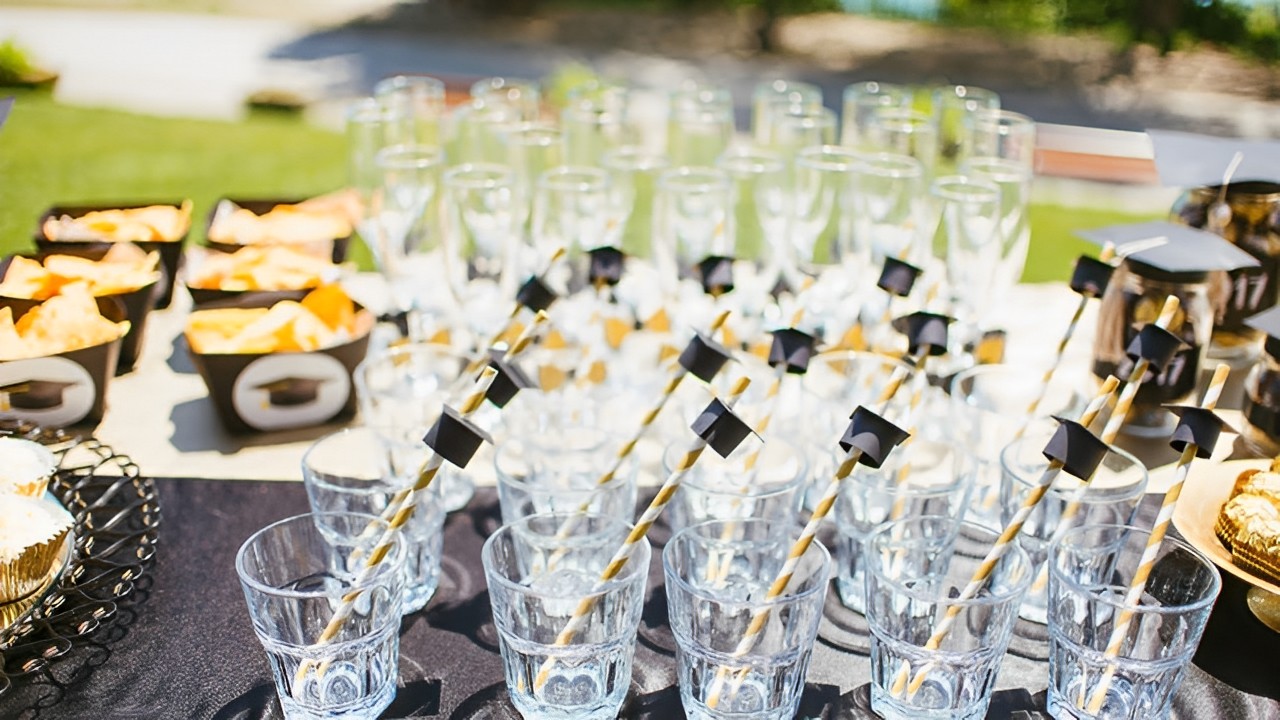
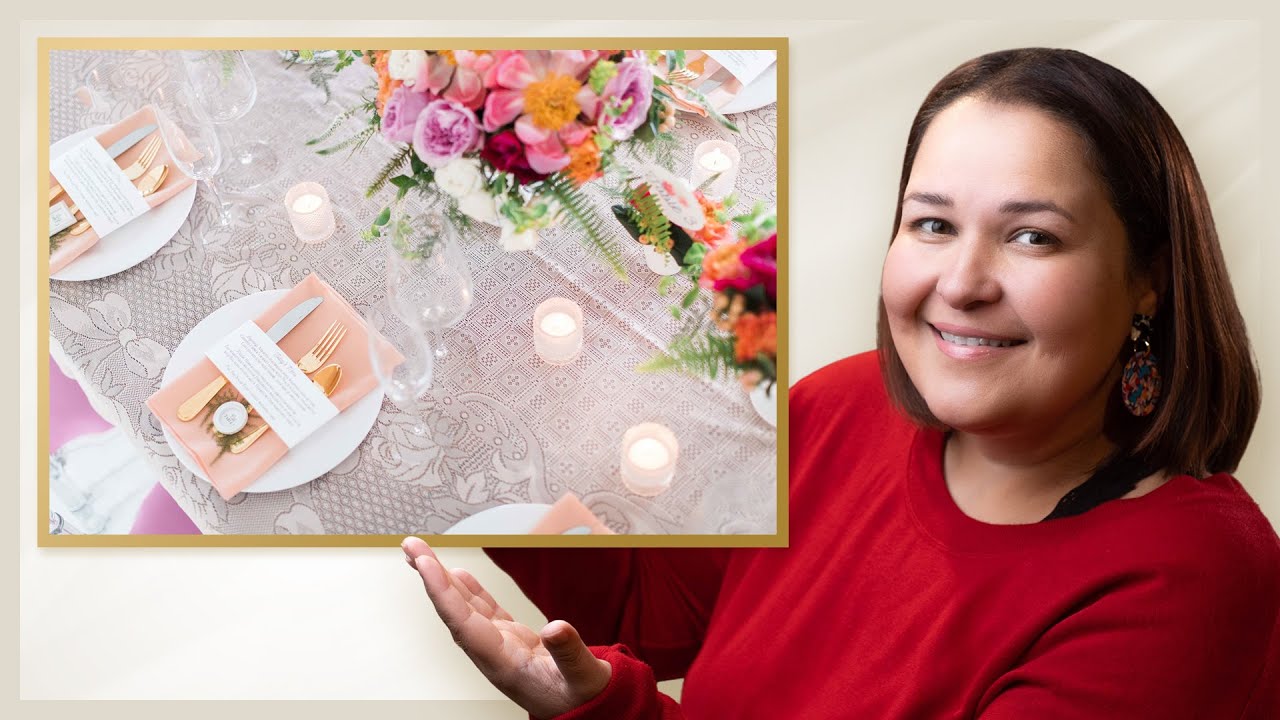


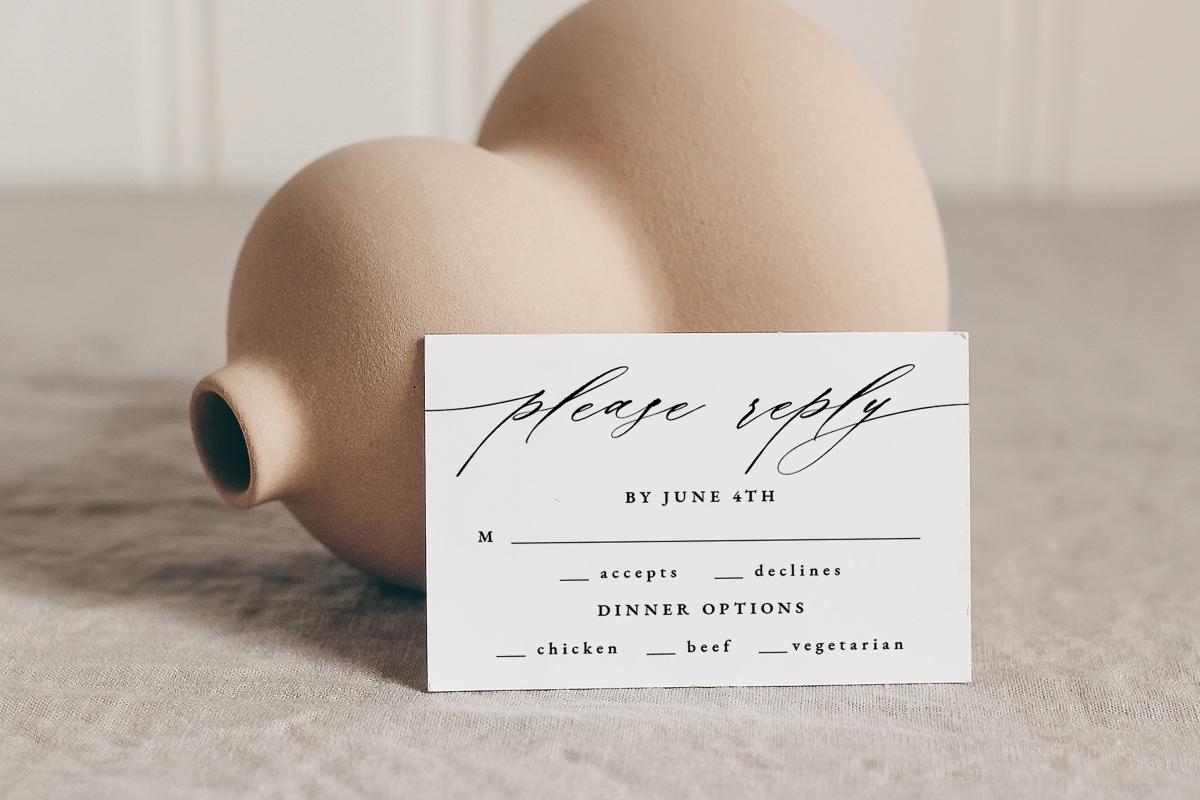
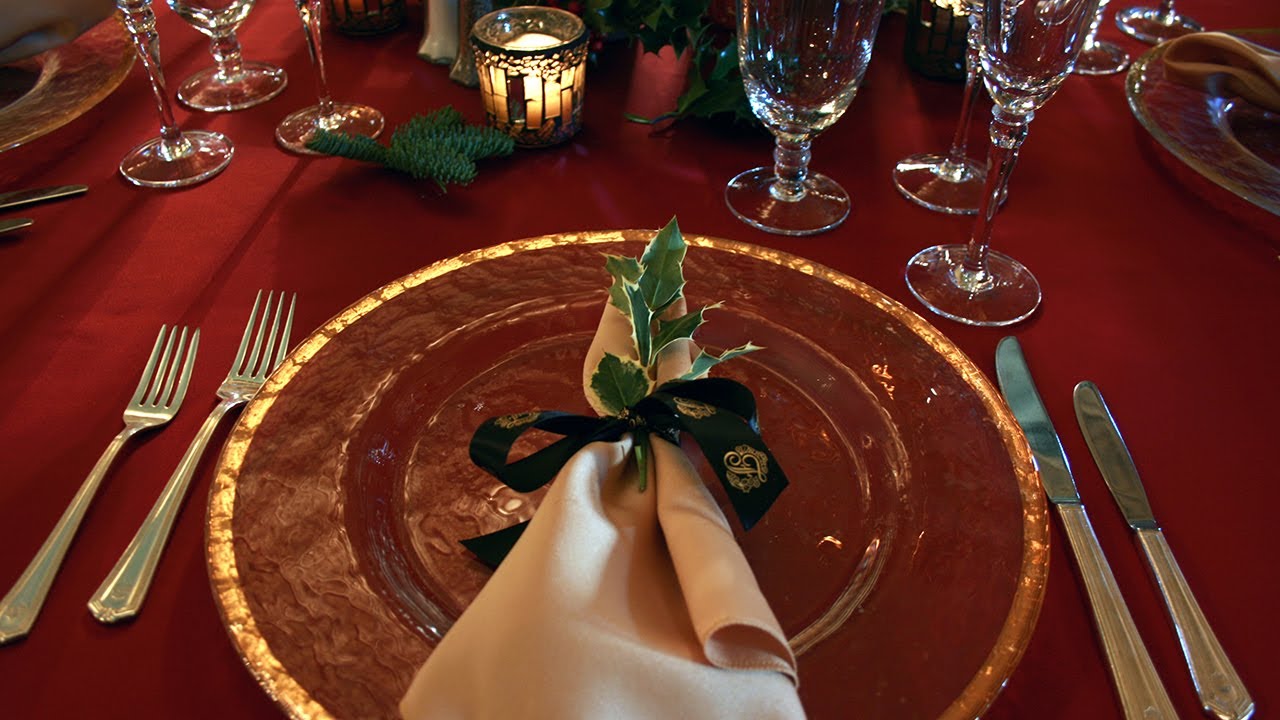
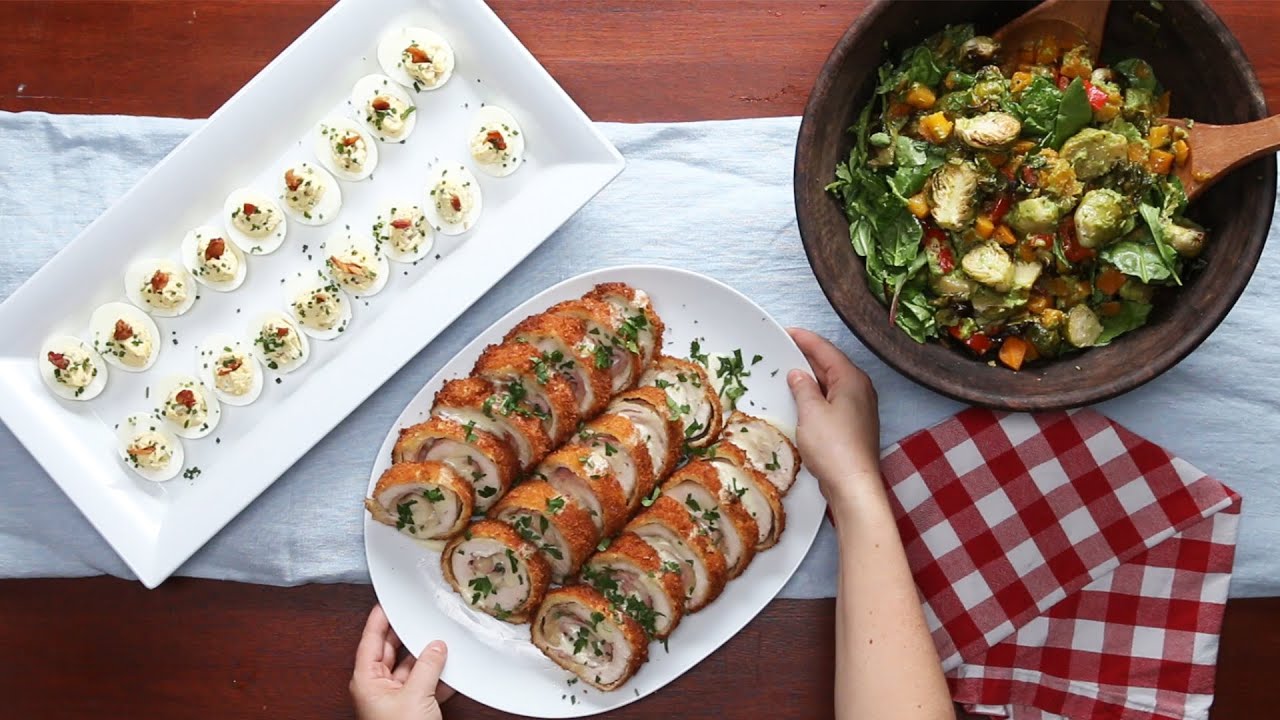
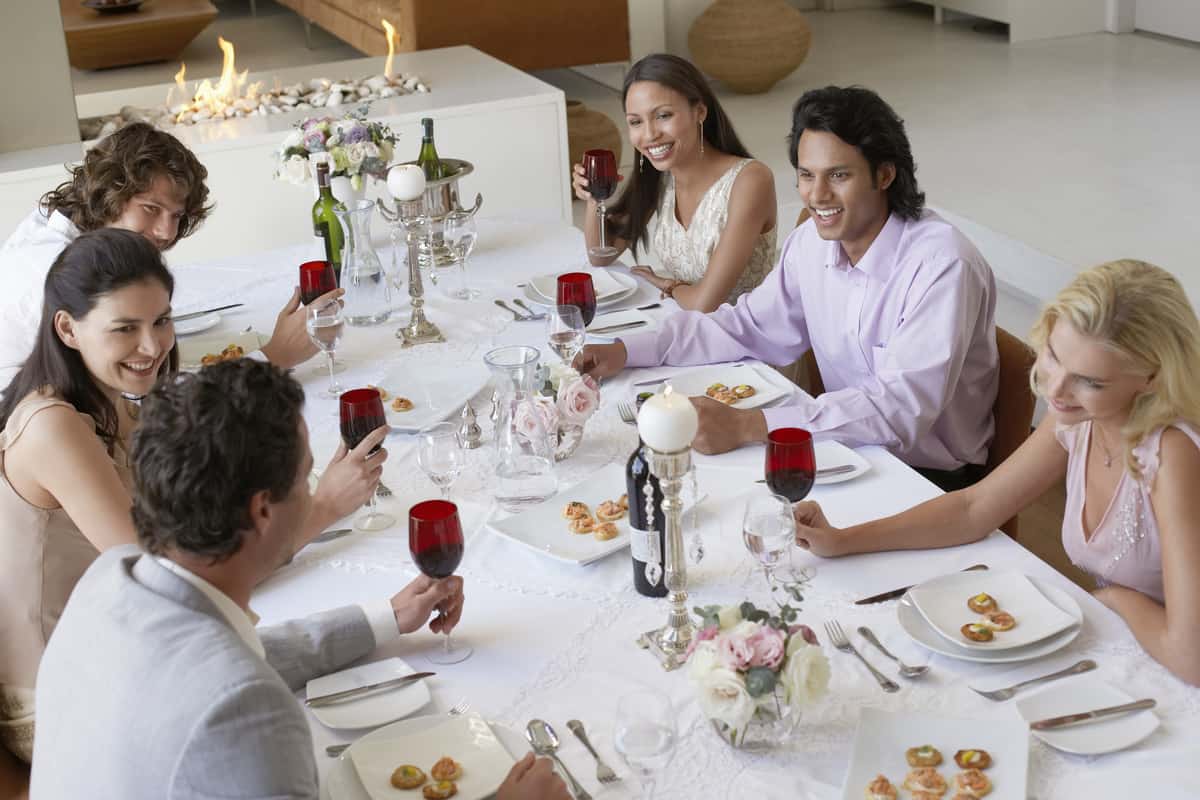
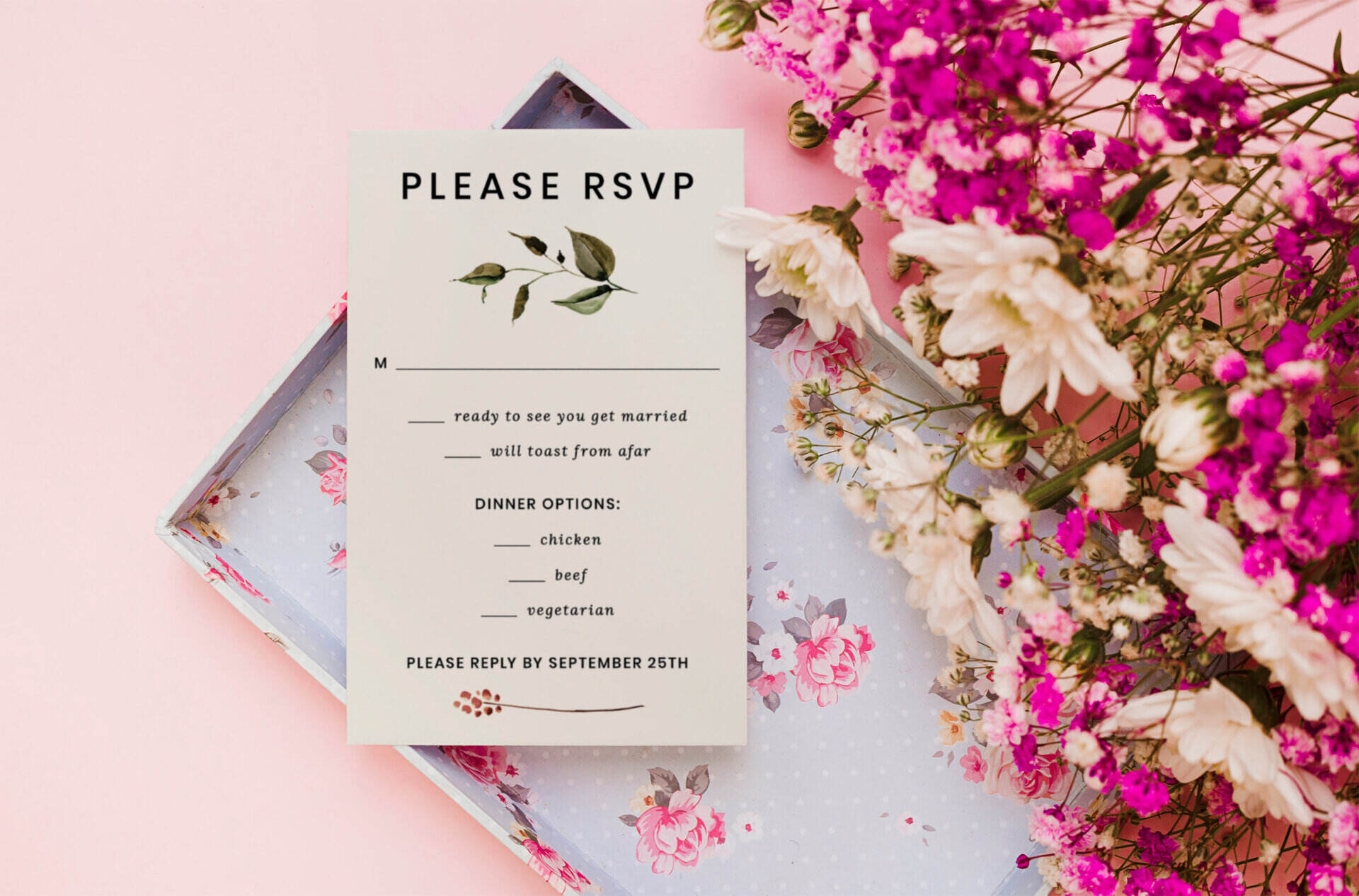

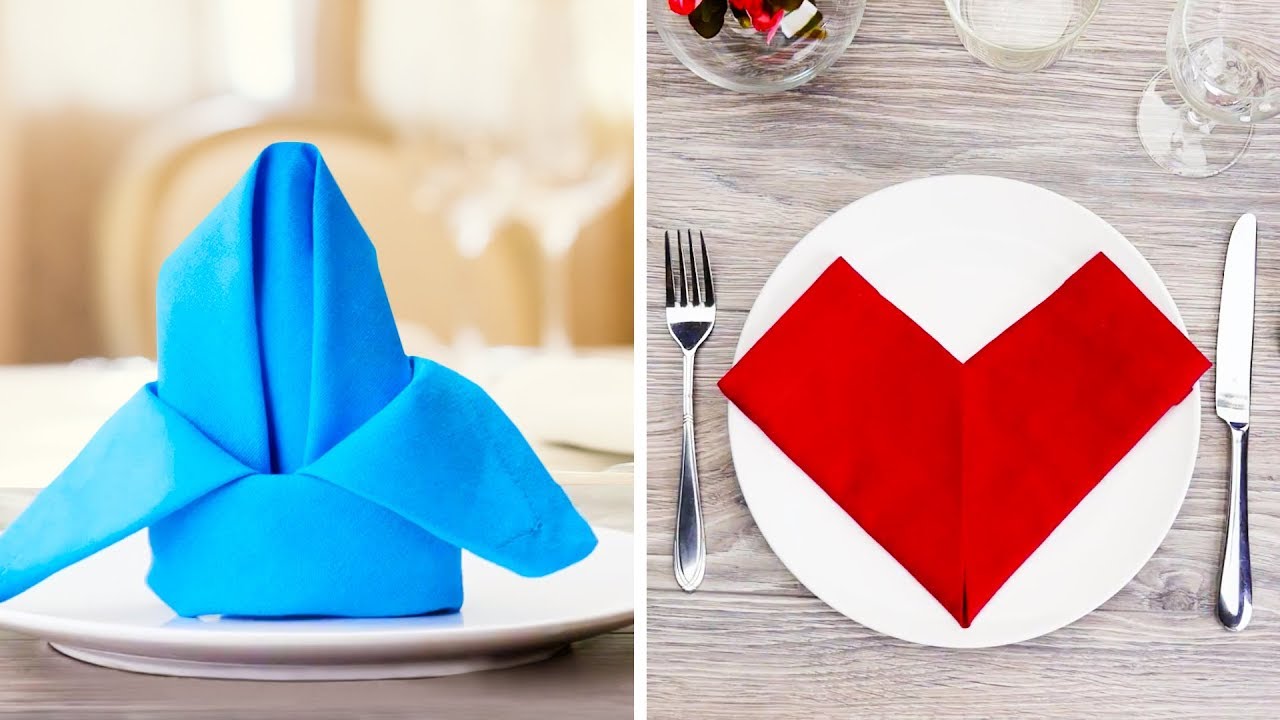
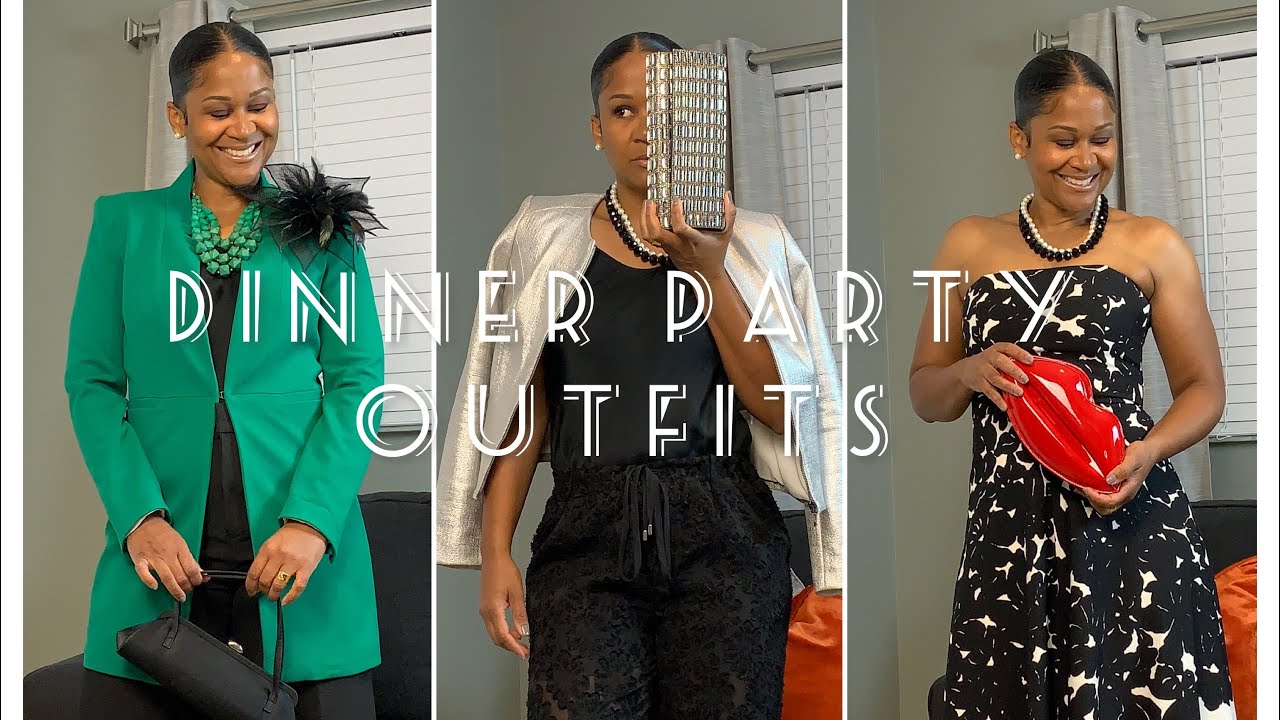

0 thoughts on “How To Set An American Style Dinner Table”